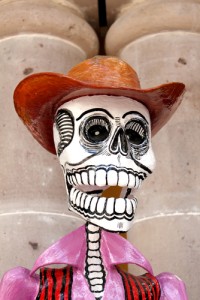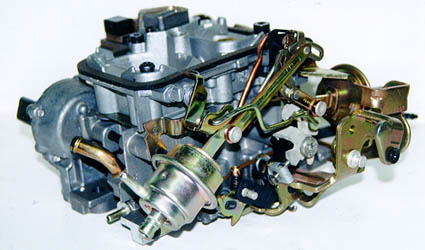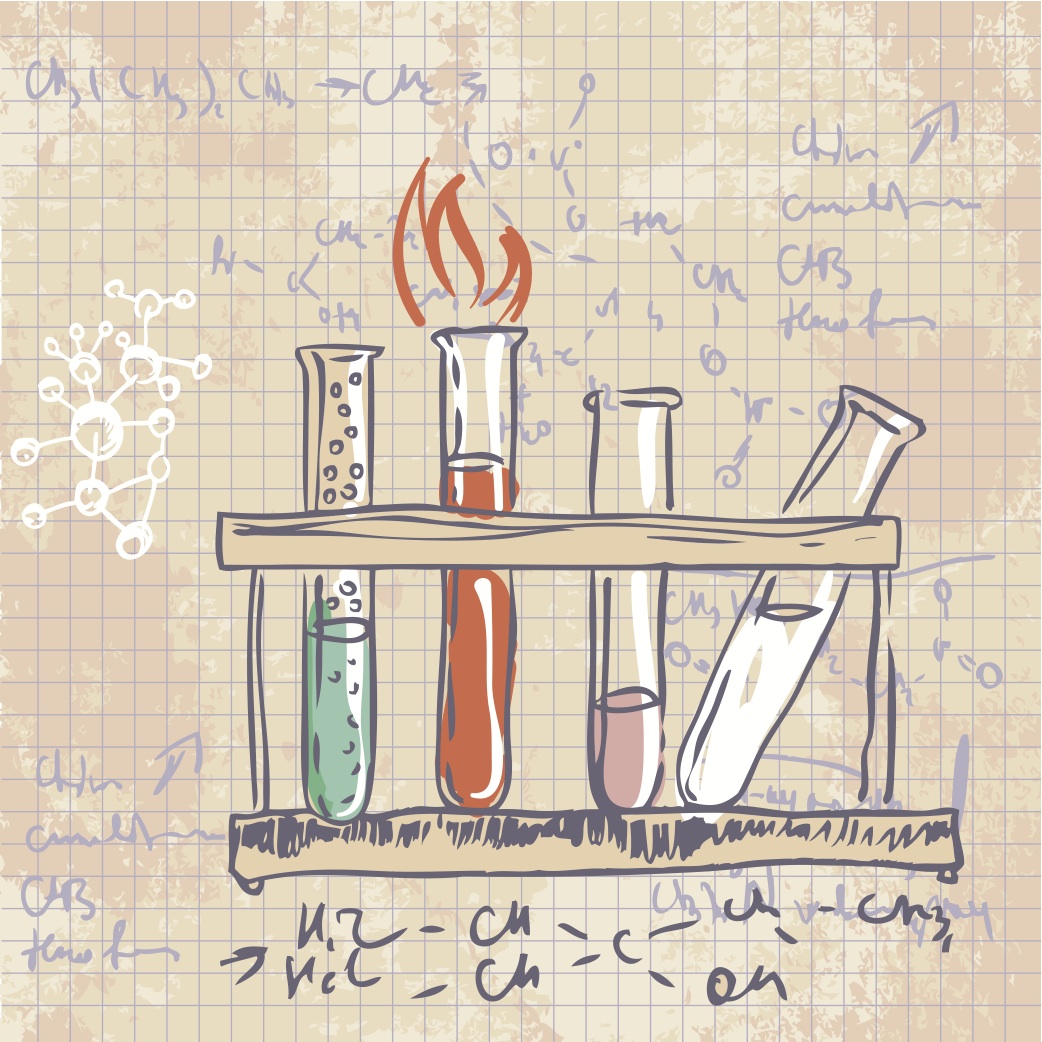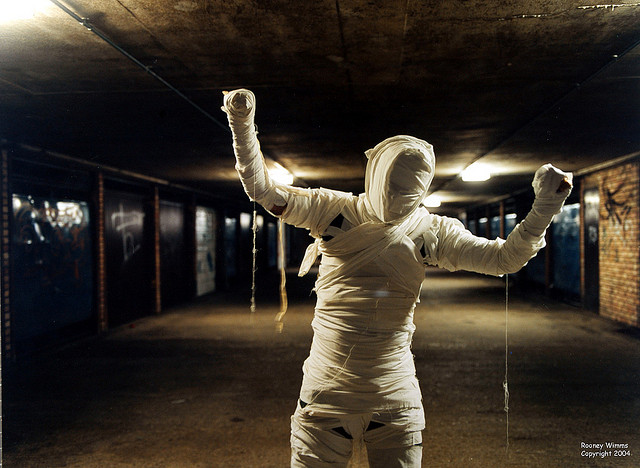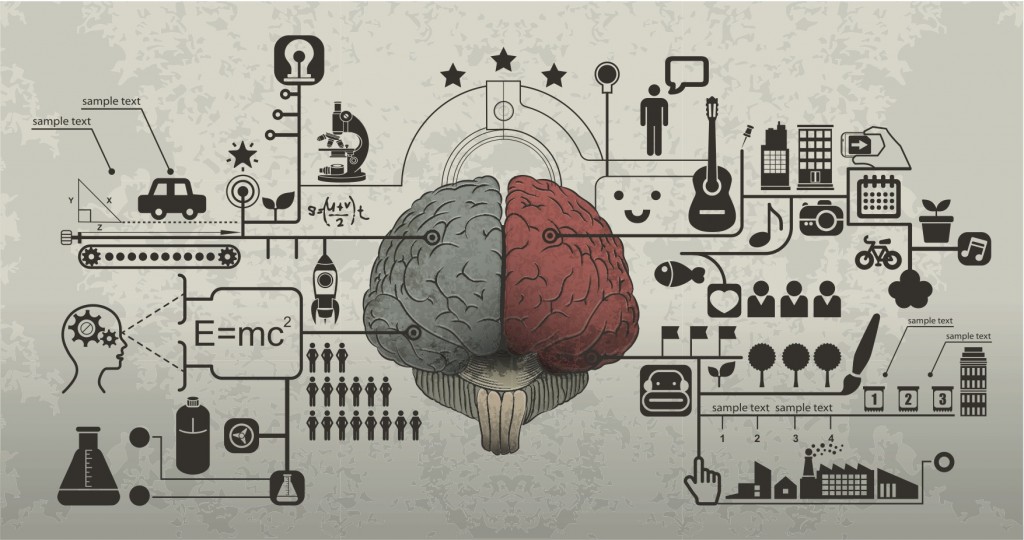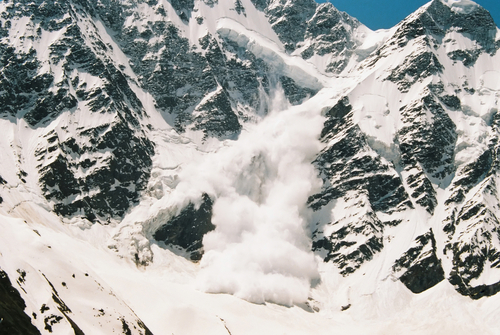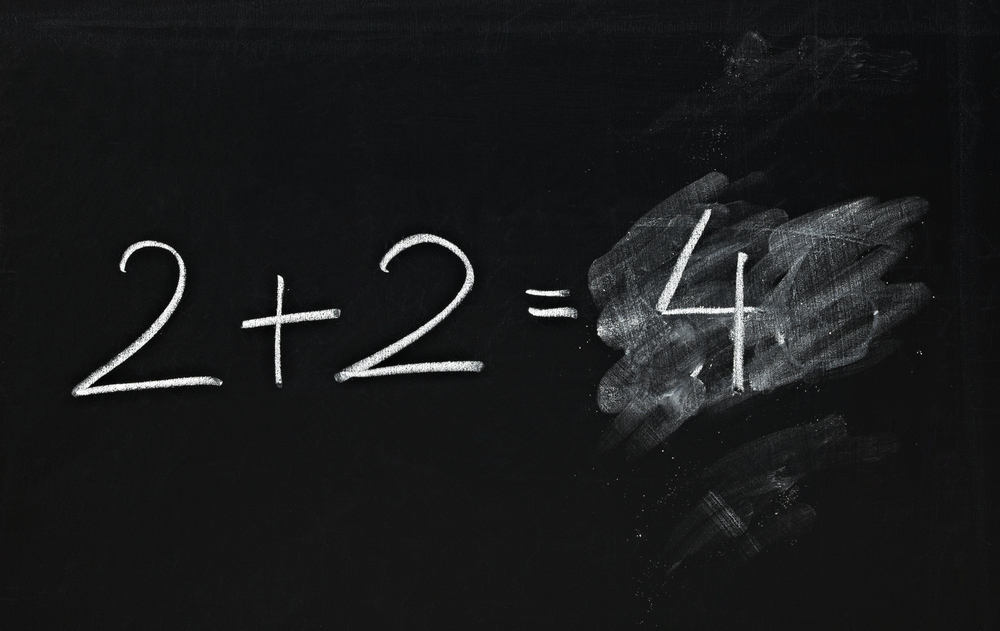 For the holiday season we here at LWON are giving ourselves the gift of confronting our fears. We are writing about our most daunting science-related subjects and why they scare us.
For the holiday season we here at LWON are giving ourselves the gift of confronting our fears. We are writing about our most daunting science-related subjects and why they scare us.
The advice came to me within the first few months of starting as a science writer: always be on the lookout for good math stories, the wonderful Sharon Begley told me. No one else ever covers them, she said, so the niche is wide open for a young writer to exploit. I had loved every little thing about science journalism up to that point, and perhaps working with Sharon most of all. But my gut clinched a little when she spoke those words.
It’s not that I’m math phobic, exactly, nor entirely innumerate. Some of my best friends, favorite colleagues and best-loved family members perform or write about math on a regular basis. Continue reading
